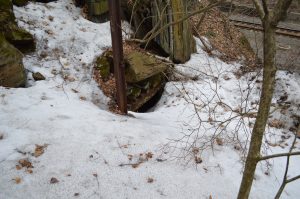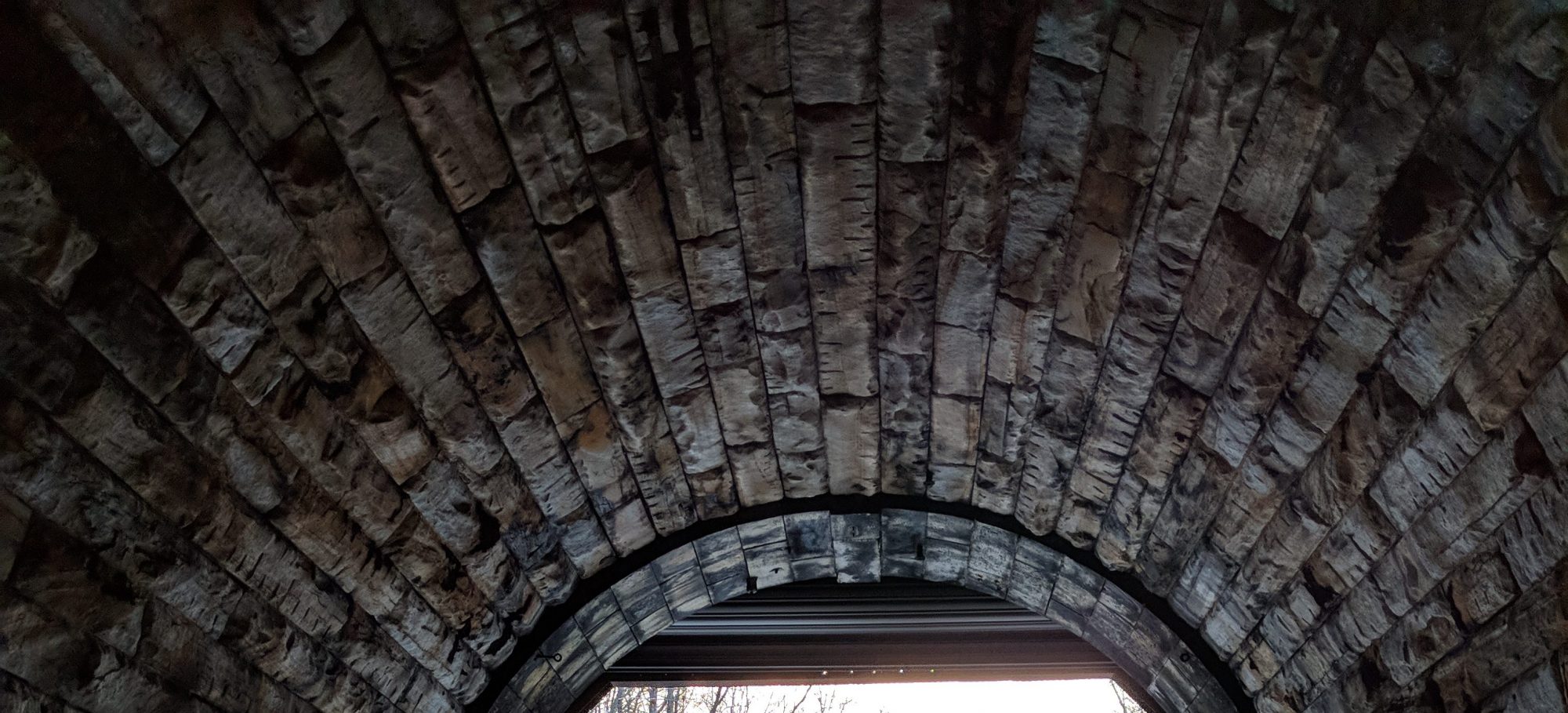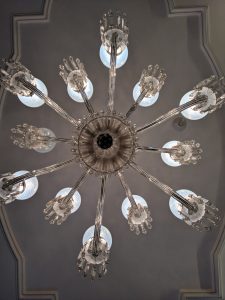The false start was roughly to the left, we knew that much. We had seen photos of a big mouthed tunnel to the left of the real tunnel, but where it was exactly… we didn’t know that much.
What strikes me first are the trees. We had just learned about this in science class – what was it called, a new growth forest? We look up at the trees, reaching, curling up and out of the rock face. A breeze comes in. The branches shiver when we do.

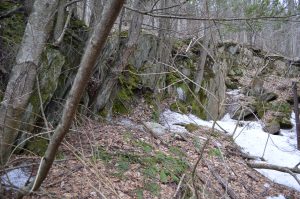
I look at the mound of dirt before me, and I have an idea. I look at Cassie, back again at the mound, then down at the camera and phone in my hands. I smile and put my phone in my backpack, shouldering it off so I can be a bit more nimble.
I clench my camera hard and still smiling, I use my long legs to propel me up the side of the hill. I’m still grinning when I get to the top, even with my mud-soaked knees and mud splattered camera lens.
“I can clean it,” I say, looking around. I get distracted, forgetting about the false start – the reason I came up here in the first place. I get distracted again by the trees and make my way over to them.
Moss on the rocks, a blip of green in the gray, brown scene.
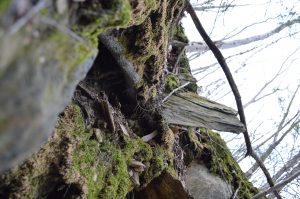
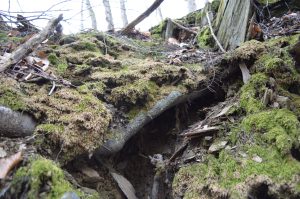
I think to myself how new the trees are, how young. I can almost fit my hands around them. I look down at the ground, shouting over my shoulder to Cassie that there’s some Christmas fern up there, some other species of fern, too. I look up at the pine tree over my head, trying to see if I can remember species and can’t. I look behind me, looking for more plants, maybe a flower or two if they sprouted when the weather was nice.
My eyes drift down and stop. I’m looking at something, and it takes me a second to see it, to realize what it is.
“Hey! I found it!” I laugh, taking a few pictures before I forget.
